You are using an out of date browser. It may not display this or other websites correctly.
You should upgrade or use an alternative browser.
You should upgrade or use an alternative browser.
Japanese Self-Defence Forces : Ground Forces
- Thread starter Gautam
- Start date
Exclusive: Japan may still build Aegis Ashore despite reports of cancellation, source says
TOKYO (Reuters) - Japan may still build Aegis Ashore missile defense systems to defend against attacks by North Korea and other regional rivals, including China, a source told Reuters just weeks after reports that the proposal had been killed.
FILE PHOTO: A facility of Aegis Ashore Missile Defense Test Complex is pictured in Kauai, Hawaii, U.S in this photo taken by Kyodo January 18, 2019. Picture taken on January 18, 2019. Mandatory credit Kyodo/via REUTERS
Japan’s defense minister, Taro Kono, last month cancelled plans to build two Aegis Ashore sites, citing cost and concerns that falling booster stages from the interceptor missiles could drop on local residents.
Japan, however, has not cancelled the $1 billion contract for the defense system’s radars, built by Lockheed Martin, and is mulling a technical assessment from the U.S. government that makes recommendations on using other sites that would eliminate the safety issues, said the source, who has direct knowledge of the process.
“Japan wants to preserve its contracts and reutilize equipment,” said the source, who declined to be identified because of the sensitivity of the matter.
Options include installing missile launchers on sea platforms or in remote coastal locations to eliminate the risk from falling boosters, the source said. Japan also has warships equipped with ballistic missile interceptors.
Any decision to stick with Aegis Ashore could upset both Beijing and Moscow, which have pushed for an end to the deployment. With at least three times the range of older Aegis radars on Japanese warships, the land-based systems can look deep into China and Russia.
In its 2019 defense white paper, Japan for the first time listed China as its main security threat, pointing to burgeoning defense spending, increased military manoeuvres and a growing arsenal of modern weapons, including ballistic missiles. The document also noted a resurgence in Russian activity in the waters and skies around Japan.
Aegis Ashore could be built at two of 28 existing air defense radar stations dotting Japan’s coast, according to Gen Nakatani, a former defense minister, who along with other former defense chiefs is in a group reconsidering defense policy in the wake of Kono’s surprise decision.
“There is no reason why we couldn’t put the radar, the combat system and missile launcher in separate locations. That is something we can consider,” he said in an interview.
Nakatani said he welcomed Kono’s decision to cancel Aegis Ashore because it was an opportunity to build an integrated air and missile defense (IAMD) system to tackle broader threats.
Japan picked Aegis Ashore in 2017 after Pyongyang fired 40 missiles over two years, some over Japan, and tested three nuclear bombs, the last of which had an explosive yield of 160 kilotonnes, eight times as powerful as the atom bomb that destroyed Hiroshima.
Subsequent North Korean missile advances, however, meant that Japan would have to pay more to upgrade Aegis when it switched on in 2025 so it could counter other threats, such as missiles on depressed trajectories that remain inside the atmosphere.
Japan’s National Security Council is considering new defense proposals, including the possibility of acquiring a strike capability to attack enemy missiles launchers, before reaching a conclusion by the end of September.
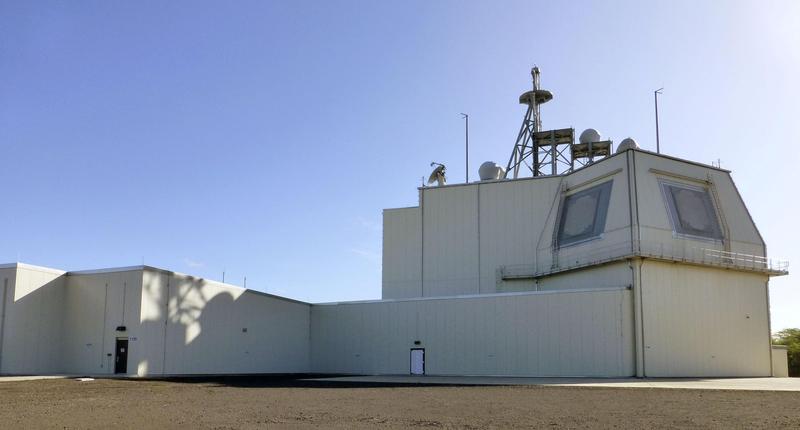
 www.reuters.com
www.reuters.com
TOKYO (Reuters) - Japan may still build Aegis Ashore missile defense systems to defend against attacks by North Korea and other regional rivals, including China, a source told Reuters just weeks after reports that the proposal had been killed.
FILE PHOTO: A facility of Aegis Ashore Missile Defense Test Complex is pictured in Kauai, Hawaii, U.S in this photo taken by Kyodo January 18, 2019. Picture taken on January 18, 2019. Mandatory credit Kyodo/via REUTERS
Japan’s defense minister, Taro Kono, last month cancelled plans to build two Aegis Ashore sites, citing cost and concerns that falling booster stages from the interceptor missiles could drop on local residents.
Japan, however, has not cancelled the $1 billion contract for the defense system’s radars, built by Lockheed Martin, and is mulling a technical assessment from the U.S. government that makes recommendations on using other sites that would eliminate the safety issues, said the source, who has direct knowledge of the process.
“Japan wants to preserve its contracts and reutilize equipment,” said the source, who declined to be identified because of the sensitivity of the matter.
Options include installing missile launchers on sea platforms or in remote coastal locations to eliminate the risk from falling boosters, the source said. Japan also has warships equipped with ballistic missile interceptors.
Any decision to stick with Aegis Ashore could upset both Beijing and Moscow, which have pushed for an end to the deployment. With at least three times the range of older Aegis radars on Japanese warships, the land-based systems can look deep into China and Russia.
In its 2019 defense white paper, Japan for the first time listed China as its main security threat, pointing to burgeoning defense spending, increased military manoeuvres and a growing arsenal of modern weapons, including ballistic missiles. The document also noted a resurgence in Russian activity in the waters and skies around Japan.
Aegis Ashore could be built at two of 28 existing air defense radar stations dotting Japan’s coast, according to Gen Nakatani, a former defense minister, who along with other former defense chiefs is in a group reconsidering defense policy in the wake of Kono’s surprise decision.
“There is no reason why we couldn’t put the radar, the combat system and missile launcher in separate locations. That is something we can consider,” he said in an interview.
Nakatani said he welcomed Kono’s decision to cancel Aegis Ashore because it was an opportunity to build an integrated air and missile defense (IAMD) system to tackle broader threats.
Japan picked Aegis Ashore in 2017 after Pyongyang fired 40 missiles over two years, some over Japan, and tested three nuclear bombs, the last of which had an explosive yield of 160 kilotonnes, eight times as powerful as the atom bomb that destroyed Hiroshima.
Subsequent North Korean missile advances, however, meant that Japan would have to pay more to upgrade Aegis when it switched on in 2025 so it could counter other threats, such as missiles on depressed trajectories that remain inside the atmosphere.
Japan’s National Security Council is considering new defense proposals, including the possibility of acquiring a strike capability to attack enemy missiles launchers, before reaching a conclusion by the end of September.
Exclusive: Japan may still build Aegis Ashore despite reports of cancellation, source says
Japan may still build Aegis Ashore missile defense systems to defend against attacks by North Korea and other regional rivals, including China, a source told Reuters just weeks after reports that the proposal had been killed.
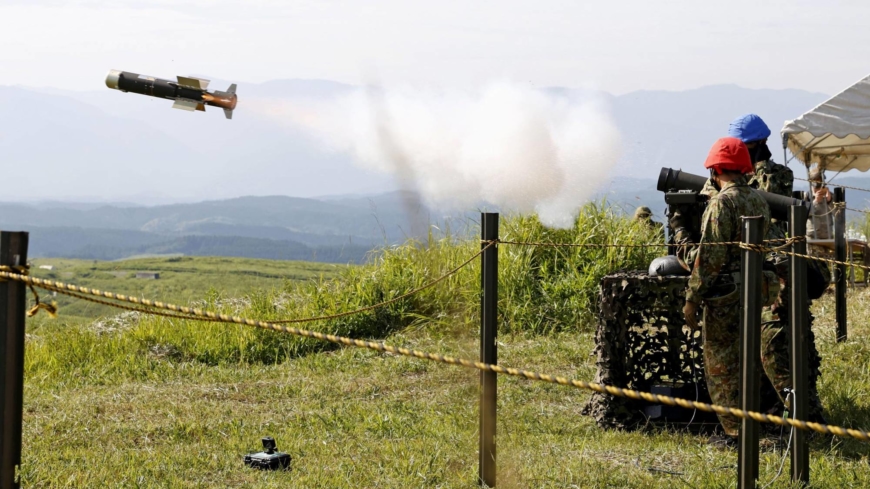
Japan eyes hiking defense spending to ¥40 trillion over five years
The amount compares with the ¥27.47 trillion in total specified as defense costs for five years through fiscal 2023 in the country's Medium Term Defense Program.
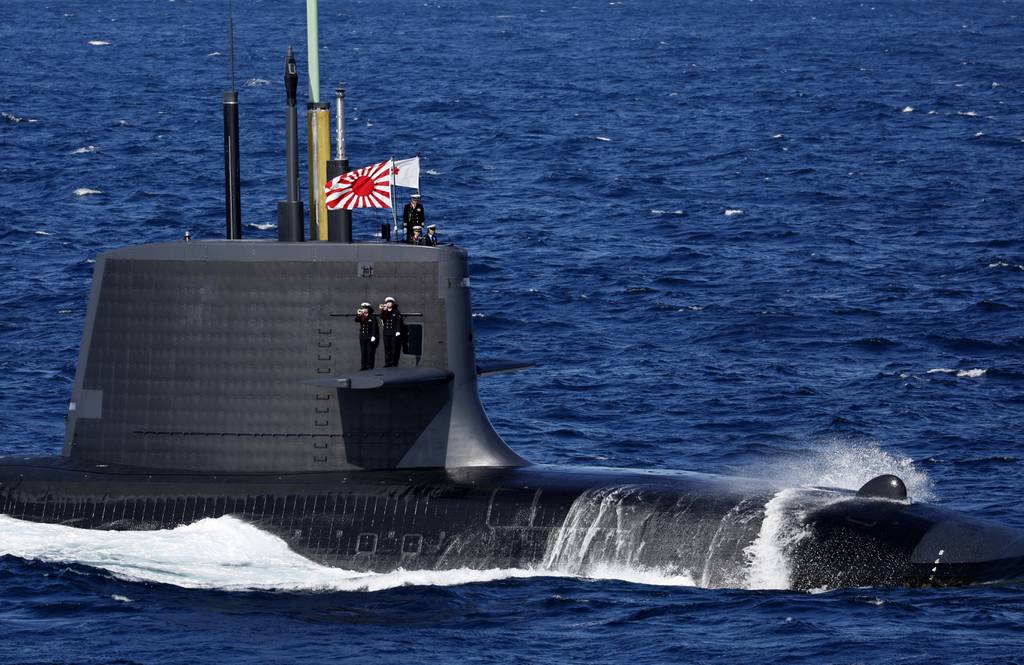
Japan seeks to increase defense spending to 2% of GDP
Meanwhile, Boeing announced Japan has awarded it a contract for two further KC-46A tankers, bringing its fleet to six.
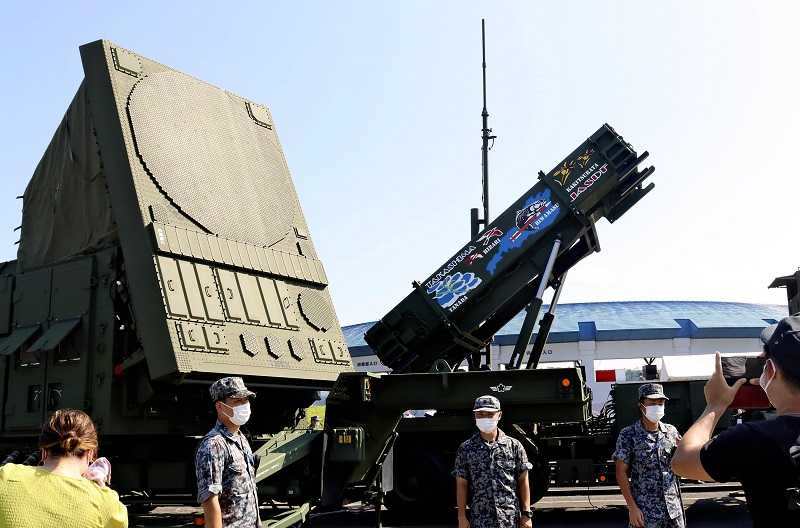
Japan to equip PAC-3s with more advanced radar to counter hypersonic weapons
Discussions have begun on equipping the Air Self-Defense Force’s PAC-3 surface-to-air antimissile systems with radar better able to counter hypersonic weapons, several government officials said.
Japan PM Kishida announces unprecedented military build-up
Japan's new a national security strategy created to give itself more offensive footing against threats from China and North Korea.
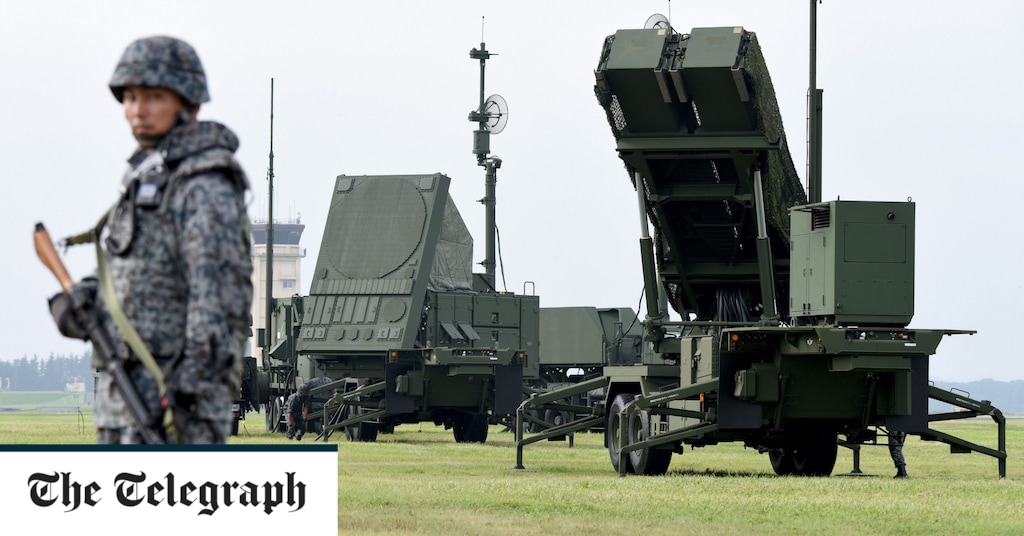
Japan to buy missiles that can hit China under $320bn defence plan
The country is set to become the world’s third biggest military spender amid rising tensions with Beijing
The Defense News article of post #7 and Naval News article of #10 gives some good overview of these programs but I'd like to ask some details.
The full name of the Japanese hypersonic missile programs are 島嶼防衛用高速滑空弾 and 極超音速誘導弾, which means "High-Velocity Glide Vehicle for Island Defense (HVGVID)" and "Hypersonic Missile" respectively. You would notice that a lot of the new Japanese missiles are similarly named with 島嶼防衛用 as a prefix, which means "for island defense". More to it on the Japanese Cruise Missiles thread.
Anyways, the HGVGID is, as the name suggests, a boost-glide hypersonic vehicle. The plan is to develop 2 blocks of it. Block 1 will have a cylindrical re-entry vehicle more akin to a conventional MaRV and a range of over 500km. It will be boosted by a single-stage solid rocket. Block 2 will be a major improvement over block 1 and will have a wave rider RV. The booster will also be extended into 2 stages and as a result will have a range of over 1000km. Mid-course guidance will be performed via Japanese QZSS Asia-Pacific navigation system and INS. Terminal guidance is as described by the Defense News article.



The Hypersonic Missile (I'll call it the Japanese hypersonic cruise missile or JHCM in short to avoid confusion) is a ramjet-scramjet dual mode cruise missile. It is thoroughly described by the Naval News article.
Though to note is that the currently revealed model is an experimental prototype for technology demonstration purposes.




The full name of the Japanese hypersonic missile programs are 島嶼防衛用高速滑空弾 and 極超音速誘導弾, which means "High-Velocity Glide Vehicle for Island Defense (HVGVID)" and "Hypersonic Missile" respectively. You would notice that a lot of the new Japanese missiles are similarly named with 島嶼防衛用 as a prefix, which means "for island defense". More to it on the Japanese Cruise Missiles thread.
Anyways, the HGVGID is, as the name suggests, a boost-glide hypersonic vehicle. The plan is to develop 2 blocks of it. Block 1 will have a cylindrical re-entry vehicle more akin to a conventional MaRV and a range of over 500km. It will be boosted by a single-stage solid rocket. Block 2 will be a major improvement over block 1 and will have a wave rider RV. The booster will also be extended into 2 stages and as a result will have a range of over 1000km. Mid-course guidance will be performed via Japanese QZSS Asia-Pacific navigation system and INS. Terminal guidance is as described by the Defense News article.
The Hypersonic Missile (I'll call it the Japanese hypersonic cruise missile or JHCM in short to avoid confusion) is a ramjet-scramjet dual mode cruise missile. It is thoroughly described by the Naval News article.
Though to note is that the currently revealed model is an experimental prototype for technology demonstration purposes.
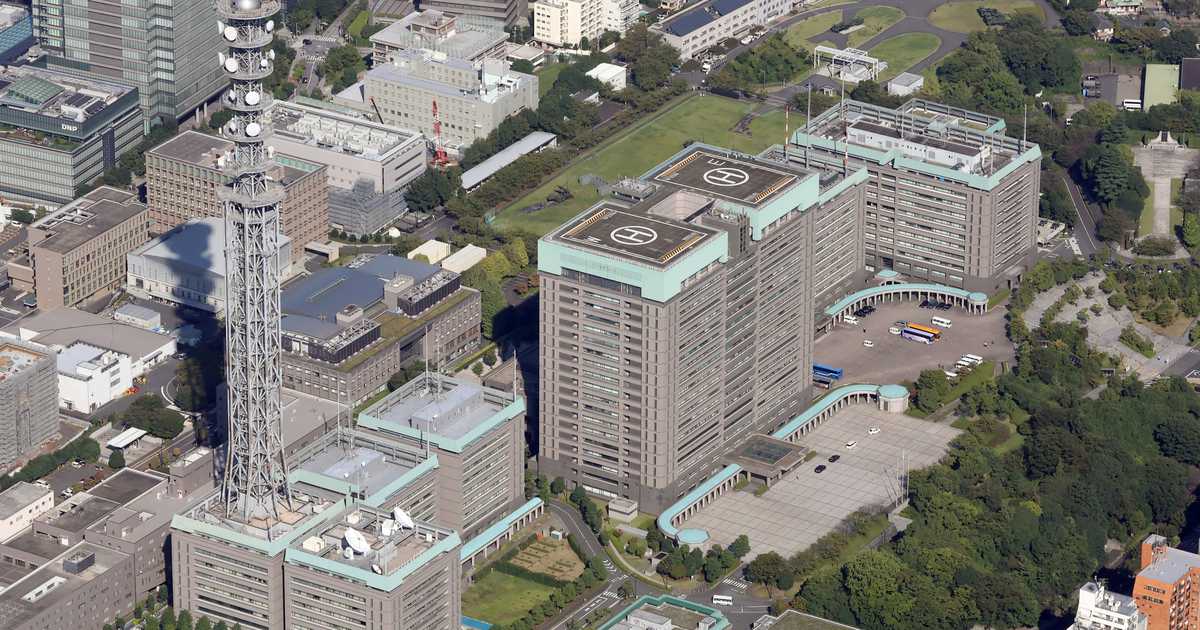
<独自>反撃能力で「極超音速弾部隊」新設へ 安保3文書
政府が月内に閣議決定する「安保3文書」で掲げる反撃能力(敵基地攻撃能力)の保有に向け、変則軌道で迎撃が難しい極超音速誘導弾や能力向上型の高速滑空弾を運用する部…

Japan Issues Military Equipment Wishlist That Includes Hypersonic Weapons, Unmanned Systems - USNI News
Japan’s Ministry of Defense this week issued a document detailing new military equipment it’s developing, with rationales and status updates for programs ranging from hypersonic weapons to unmanned underwater vehicles. The capabilities include research on hypersonic cruise missiles, the...

